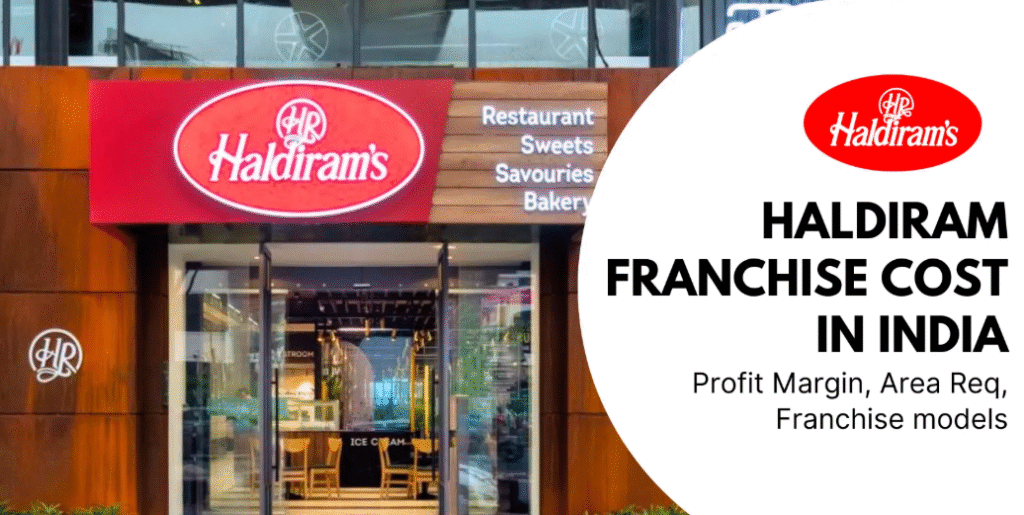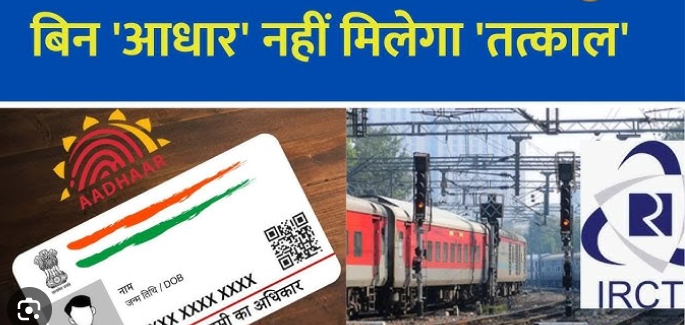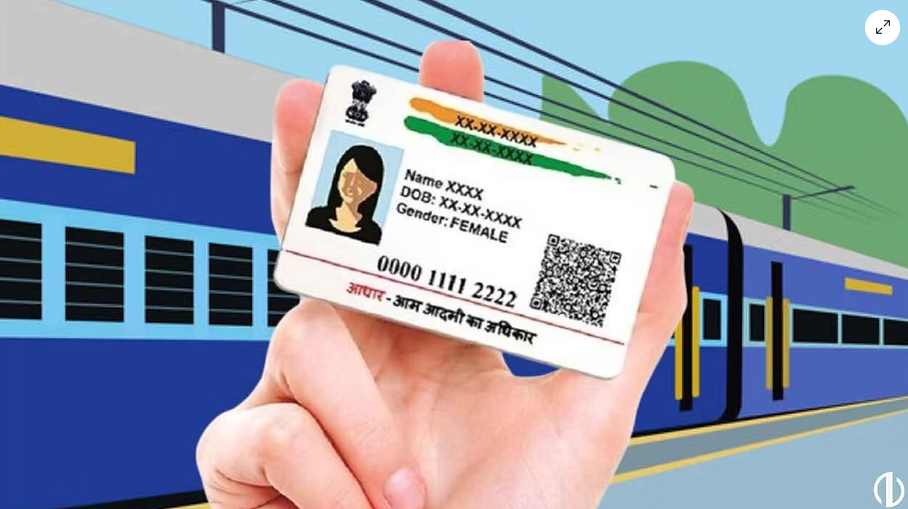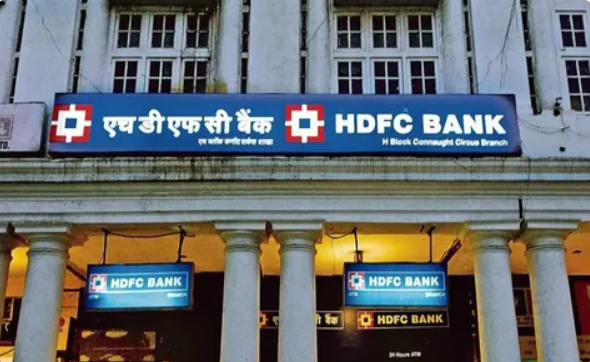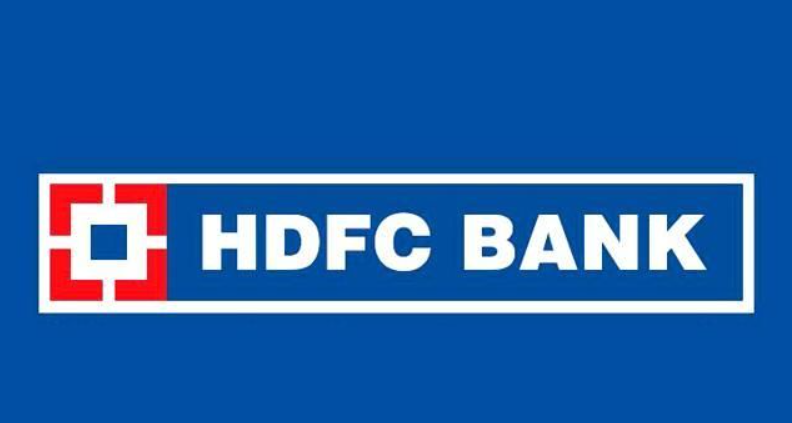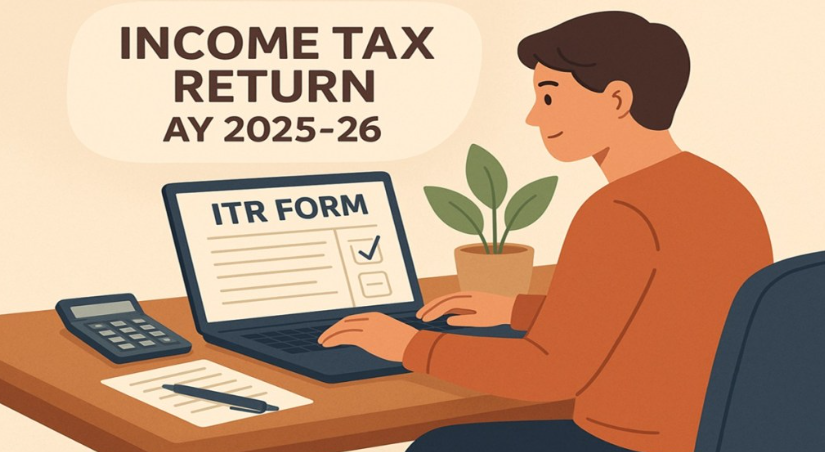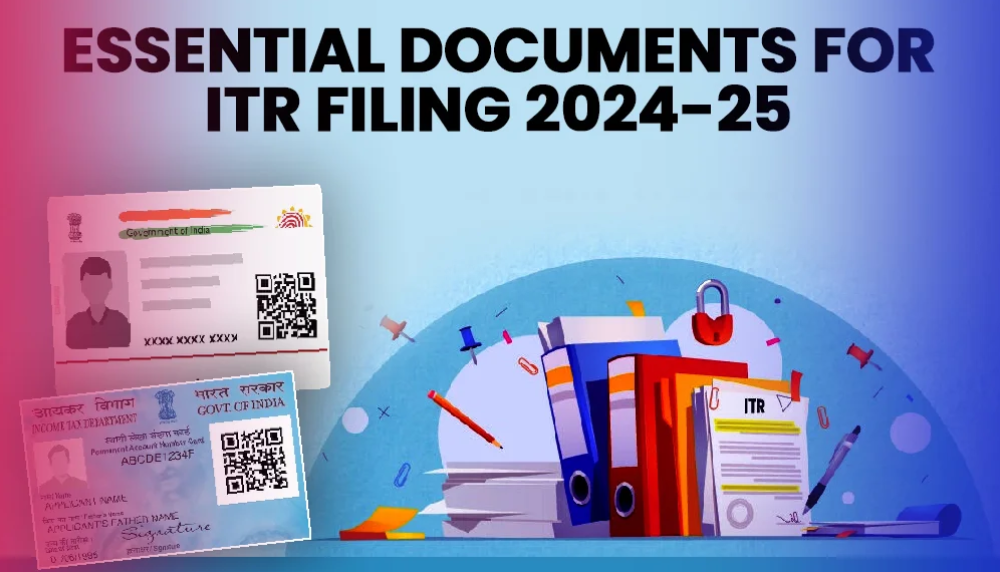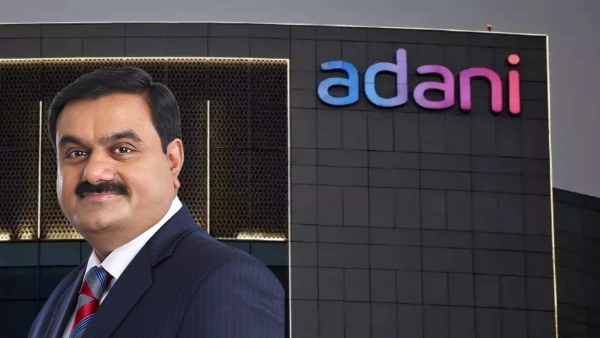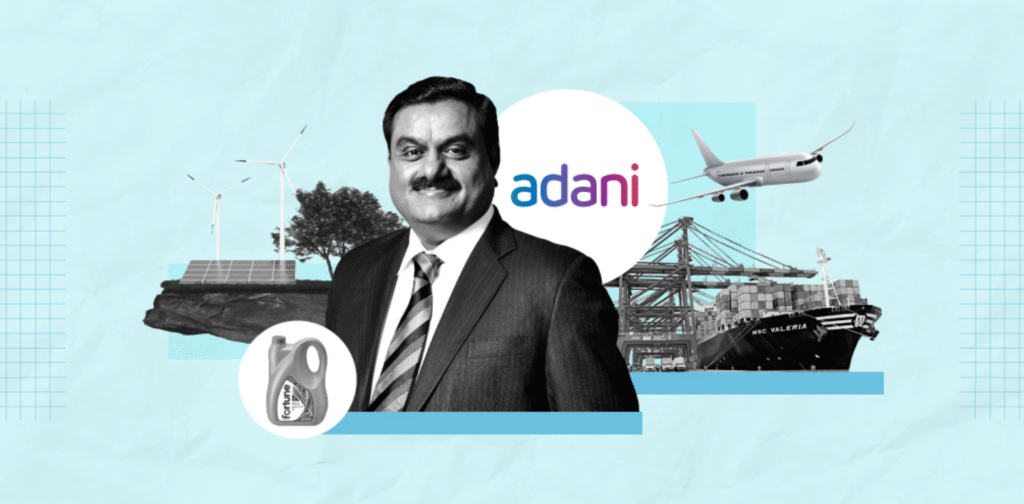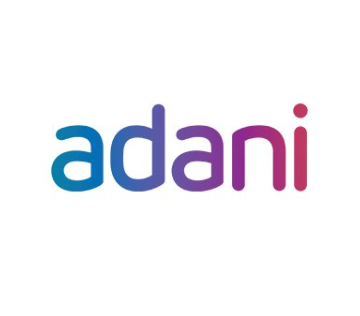In a significant move to make homeownership more affordable, Punjab National Bank (PNB) has announced a 50 basis points reduction in its Repo Linked Lending Rate (RLLR), effective from June 9, 2025.
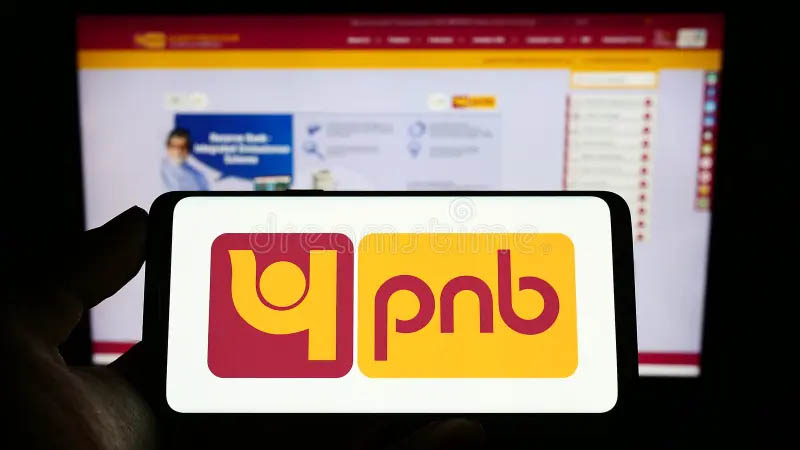
New Lending Rates at PNB
- Home Loans: Starting at 7.45% per annum
- Vehicle Loans: Starting at 7.80% per annum
This rate cut is expected to reduce EMIs for both new and existing borrowers, providing substantial savings over the loan tenure.
RBI’s Monetary Policy Update
The Reserve Bank of India (RBI) recently reduced the repo rate by 50 basis points, bringing it down to 5.5%. Additionally, the Cash Reserve Ratio (CRR) was lowered by 100 basis points to 3%, injecting over ₹2.5 lakh crore into the banking system.
Impact on Borrowers
The reduction in lending rates translates to significant savings for borrowers. For instance, on a ₹50 lakh home loan over 20 years, the EMI could decrease by approximately ₹1,500 per month, resulting in substantial long-term savings.
Positive Outlook for the Real Estate Sector
Industry experts anticipate that these rate cuts will boost demand in the affordable housing segment, particularly for homes priced below ₹50 lakh. The reduced borrowing costs are expected to stimulate housing demand and support economic growth.
Conclusion
PNB’s decision to lower lending rates following the RBI’s policy changes is a welcome development for homebuyers. With reduced EMIs and improved affordability, this is an opportune time for individuals considering purchasing a home.
For more detailed information, please refer to the official announcements and consult with financial advisors to understand how these changes may affect your specific situation.

